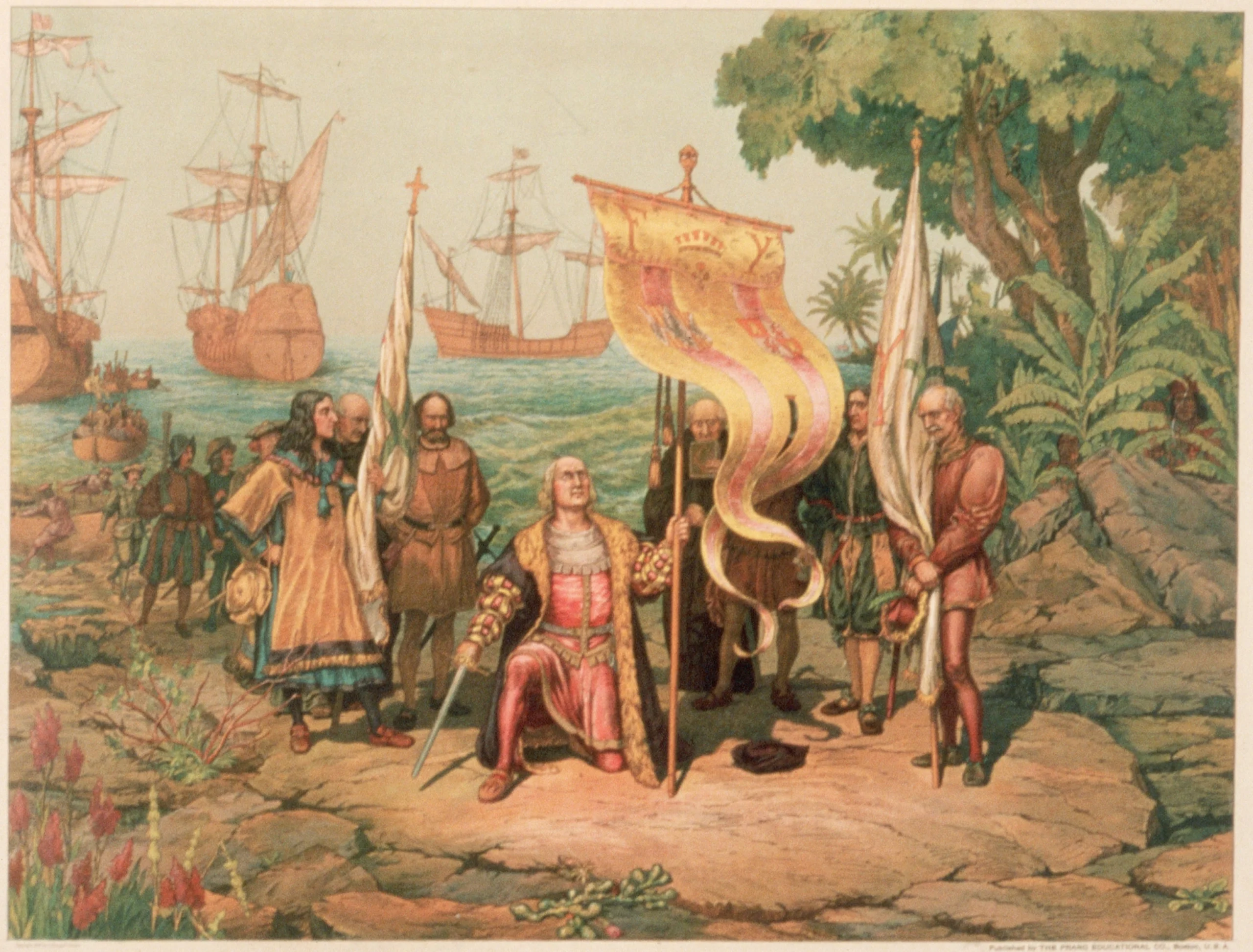European colonization triggered sweeping changes across the Atlantic region, altering indigenous societies, political structures, and economic systems. As European powers extended their reach, they imposed foreign governance, extracted natural resources, and reshaped local cultures. These developments redefined territorial boundaries and introduced long-term shifts in population and trade. While some areas experienced rapid infrastructure development, others suffered exploitation and displacement. The legacy of this period remains deeply rooted in modern institutions, influencing laws, languages, and education. To understand how these historical transformations occurred, it is important to examine both the mechanisms of control and the resistance movements that shaped national identities. Although colonization ended decades ago, its impact continues to shape relationships and regional dynamics across Atlantic nations today.
European Colonization Redrew Boundaries and Power Structures
Political maps changed drastically as foreign authorities divided vast lands based on their own interests. In many regions, traditional governance systems were dismantled. Administrative zones replaced native territories, often ignoring local ethnic and cultural identities. These changes introduced conflicts that still affect present-day political disputes.
Over time, centralized rule from foreign capitals introduced unfamiliar legal frameworks. These systems often excluded indigenous participation, limiting opportunities for self-governance. In response, underground networks and local leadership groups began forming alternative paths to representation.
Moreover, competition among foreign powers intensified the fragmentation of territories. Some areas changed control multiple times, leading to overlapping claims and unstable governance. This confusion delayed the formation of cohesive national identities and complicated future development efforts.
In the long run, such divisions hampered unity. As nations moved toward independence, they inherited complex political structures that required reorganization. Although transitions occurred, many new governments continued to face inherited challenges from these historical power shifts.
Trade, Culture, and Resistance Define the Post-Colonial Legacy
The introduction of forced labor and new trade systems drastically altered traditional economies. Export-oriented policies prioritized foreign markets over local needs. As a result, communities became dependent on external demand for survival. This economic shift led to social instability in many coastal regions.
In parallel, cultural assimilation efforts expanded through language, religion, and education systems. Schools taught foreign curricula while suppressing native knowledge. Over time, this contributed to the erosion of local traditions, though some elements remained resilient and adapted into hybrid forms.
Simultaneously, grassroots movements emerged in response to restrictive control. Writers, educators, and community leaders began shaping national consciousness. Their work eventually influenced broader resistance efforts. Many future leaders came from such movements, laying the foundation for independence.
Additionally, foreign economic priorities neglected long-term development. Infrastructure focused on extraction rather than internal connectivity. Consequently, rural areas remained isolated, limiting access to education and health services. This imbalance still affects development patterns today.
Nonetheless, many nations have worked to reclaim and preserve cultural identity. Through literature, film, and heritage projects, younger generations are reconnecting with historical roots. These efforts not only restore pride but also foster unity and resilience.
Educational Reforms Play Crucial Role in Rebuilding Societies
After political transitions, many governments prioritized education to rebuild national identity. Updating curricula became a key strategy. Schools began incorporating local history and indigenous perspectives. These reforms aimed to counter past exclusion and encourage civic participation.
Training local teachers proved essential for long-term success. Many institutions partnered with international programs to expand access and raise standards. While challenges persist, progress in literacy and access has opened new opportunities for younger populations.
In urban centers, education also contributed to labor mobility and innovation. Skilled graduates entered new industries, expanding economic options. At the same time, civic awareness campaigns promoted inclusive governance and national dialogue.
These educational efforts remain ongoing. Though disparities exist, reforms continue to shape how societies interpret their past and prepare for the future.
